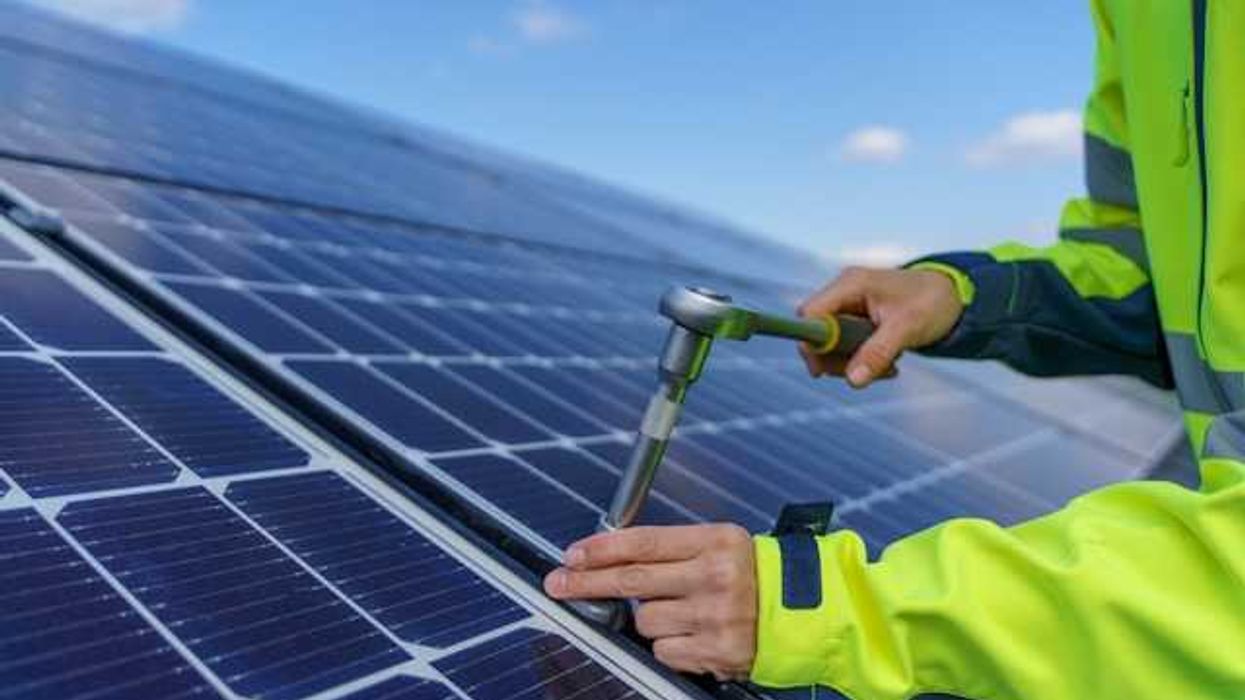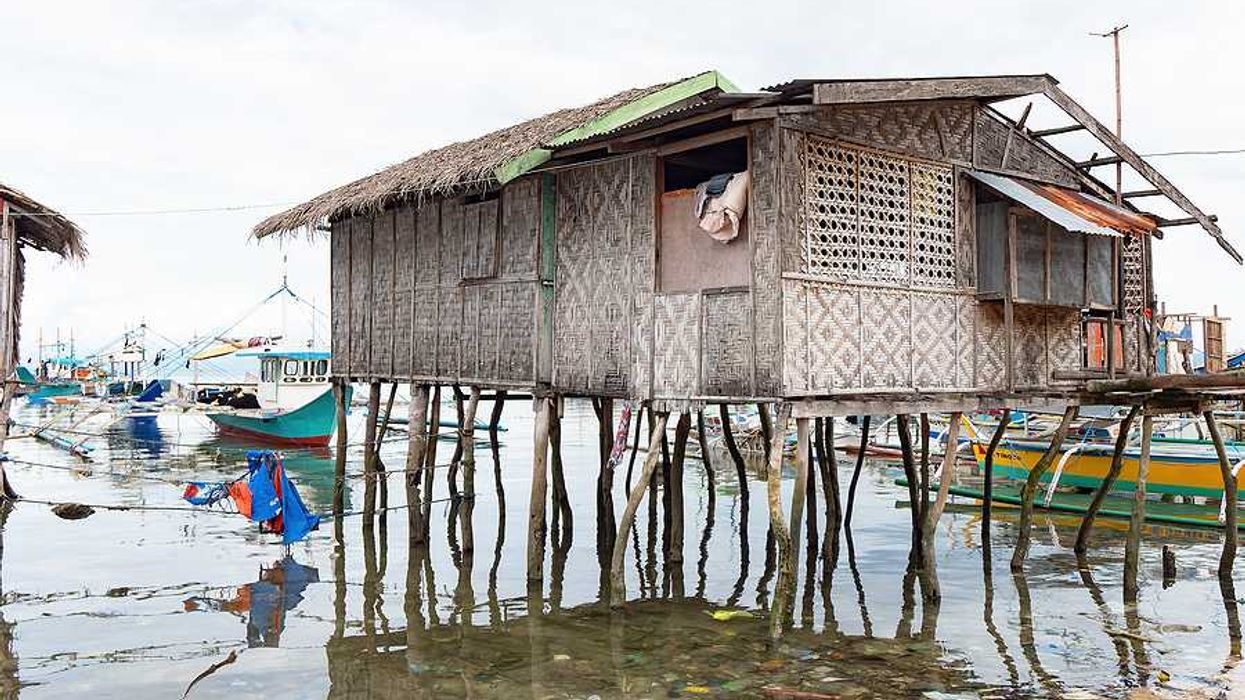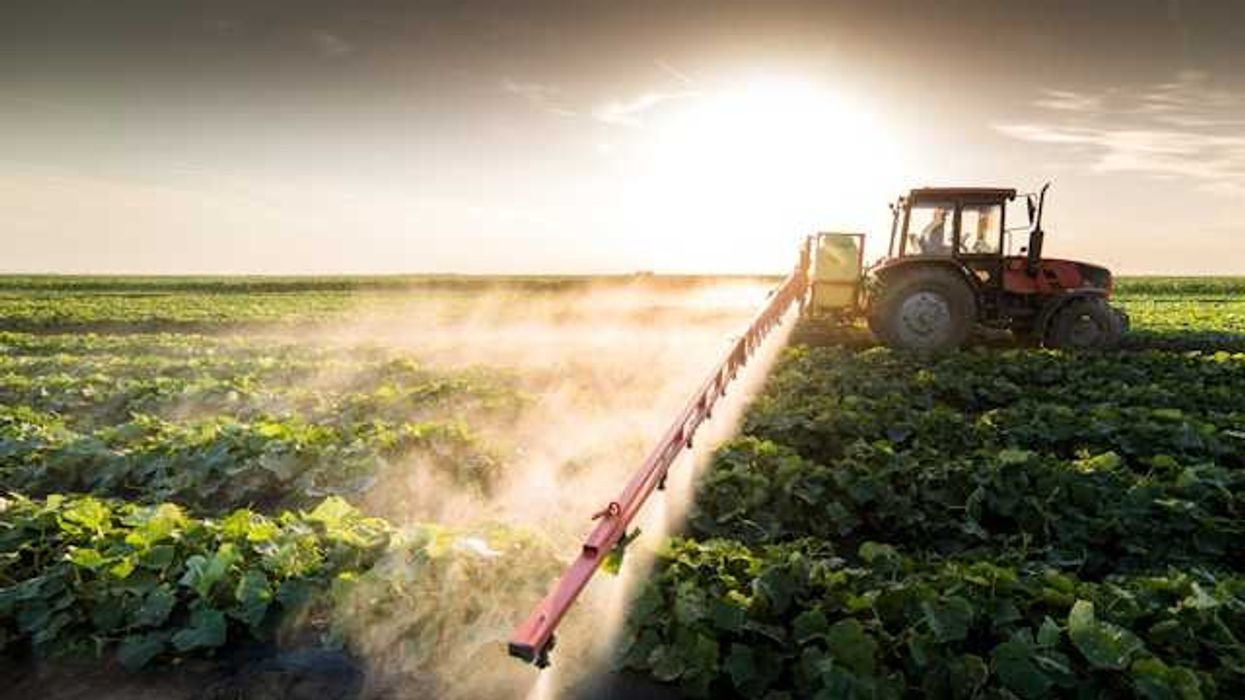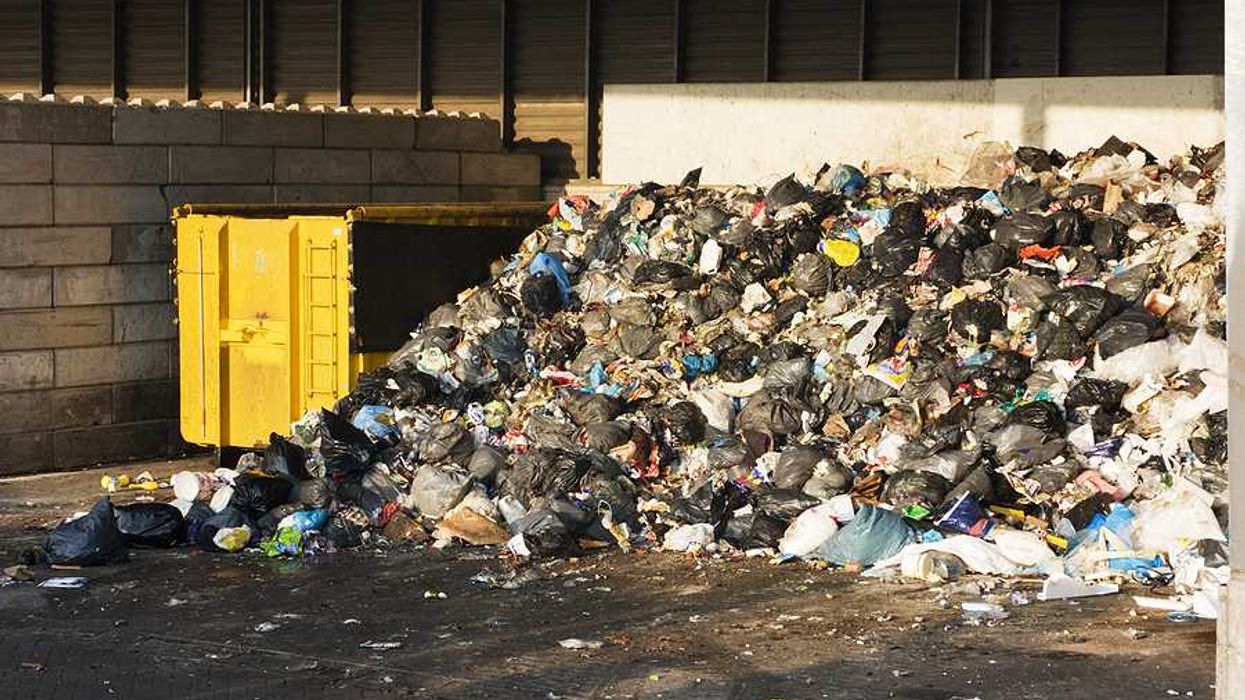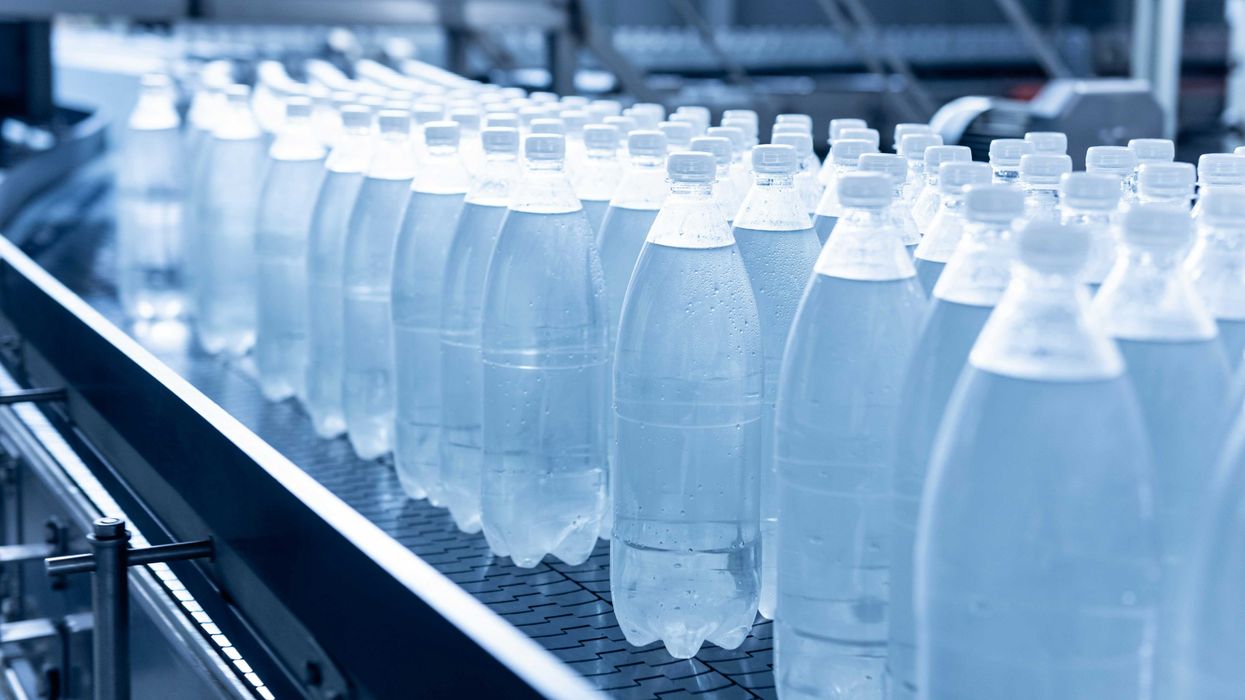A new report reveals that 80% of South Dakota's surface water doesn't meet state criteria for intended uses.
Joshua Haiar reports for South Dakota Searchlight.
In short:
- The state's evaluation of rivers, streams, and lakes shows a significant majority fail to support activities like swimming and fishing due to pollution.
- Pollution sources include agricultural runoff and E. coli from livestock, with mercury levels in fish also cited as a growing concern.
- Despite some improvements in areas like the Big Sioux River, challenges in data sharing and reliance on volunteer efforts for pollution prevention raise concerns.
Why this matters:
South Dakota’s waterways, ranging from the Missouri River to smaller streams and lakes, are pivotal for agriculture, drinking water, and recreation. However, they face pollution threats from various sources including agricultural runoff, industrial discharges, and inadequate wastewater treatment. Agricultural runoff, the most significant, introduces nitrates, phosphorus, and pesticides into water bodies. These contaminants can lead to algal blooms which deplete oxygen in the water, harming aquatic life and disrupting ecosystems.


